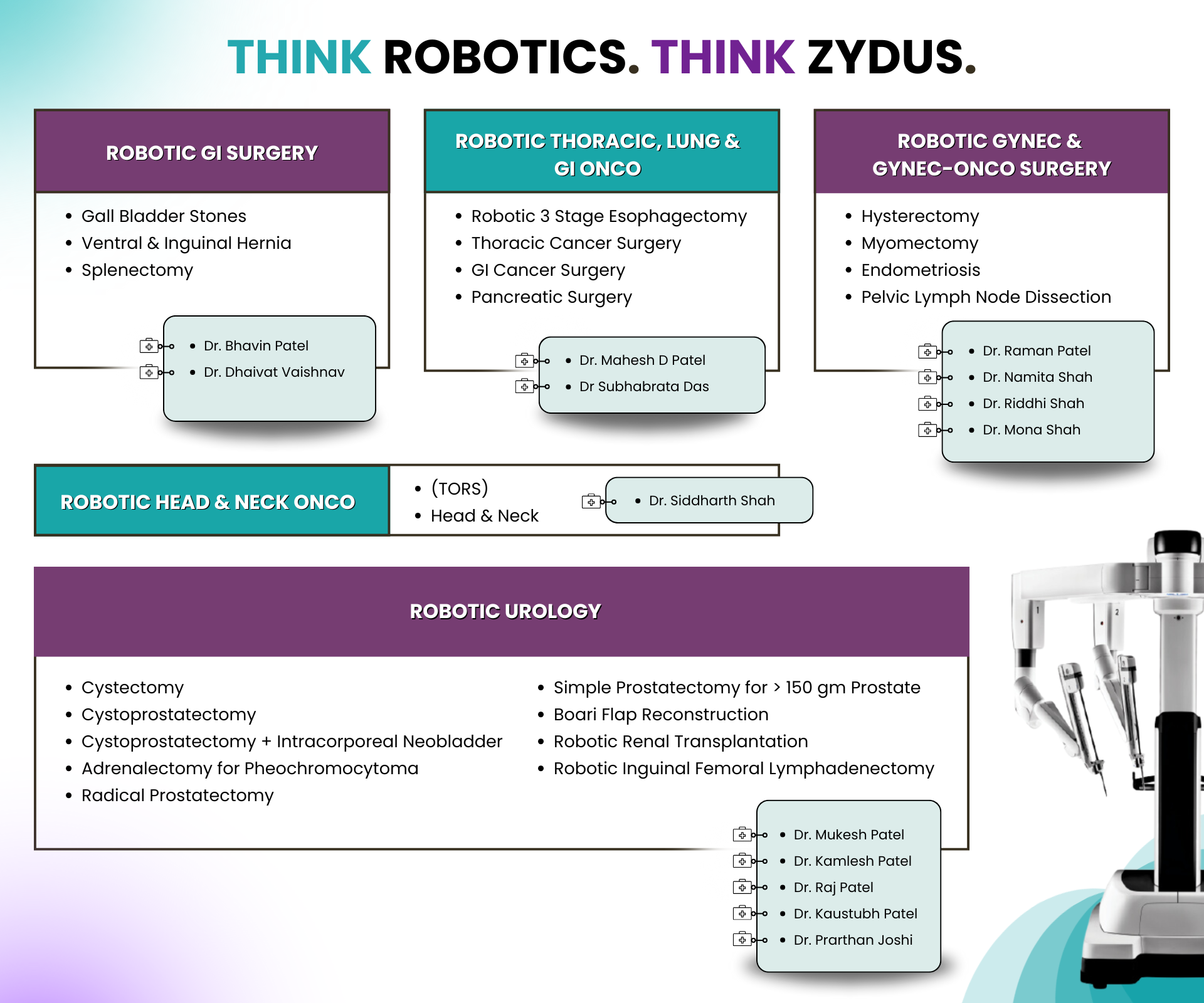
Dr. Jitendra Kotadiya

Lung Fibrosis: Let's Win the Battle
The COVID-19 pandemic was a turning point in human history—not just due to the sheer number of lives lost but also because it heightened global health awareness. Terms like “fibrosis,” “oxygen therapy,” and “mechanical ventilation” have transitioned from obscure medical jargon to commonly understood concepts. Among these, “lung fibrosis” has become nearly synonymous with Interstitial Lung Disease (ILD) in the public’s perception. However, lung fibrosis extends beyond ILD, occurring in conditions like tuberculosis, malignancy, silicosis, and asbestosis.
ILD itself is an umbrella term encompassing around 300 different pulmonary conditions, with the most prevalent being Idiopathic Pulmonary Fibrosis (IPF), Hypersensitivity Pneumonitis (HSP), Connective Tissue Disease (CTD)-associated ILD, and Sarcoidosis. Patients with ILD experience progressive breathlessness, significantly impacting their quality of life. A common misconception is that ILD equates to a death sentence—this pessimistic outlook can be a major barrier to treatment. It is crucial for clinicians to thoroughly explain the prognosis and available treatment options to patients and their families, thereby dispelling societal myths and fostering an optimistic approach to disease management.
Usually the need for lung transplant is the viable probability but might not be possible in every case.
Accurate Diagnosis: The First Step
A precise diagnosis is fundamental in ILD management. Since each ILD variant has unique prognoses and treatment protocols, an accurate diagnosis is non-negotiable. A thorough clinical history, particularly regarding environmental and occupational exposure, is key. Despite advancements in diagnostic technology, history-taking remains indispensable.
High-resolution CT (HRCT) scans are crucial, as they are both non-invasive and highly effective in ILD diagnosis. However, in cases where HRCT results are inconclusive, biopsy procedures such as transbronchial or endobronchial biopsies play a vital role in eliminating ambiguity. A simple biopsy can lead to life-changing interventions—such as advising HSP patients to eliminate exposure to allergens like pigeons, which has successfully reduced or even eliminated the need for medication in some cases.
In cases of autoimmune-related lung involvement, collaboration with rheumatologists can significantly improve patient outcomes. Even in late-stage disease presentations, optimized treatments have proven to extend life expectancy and improve quality of life.
The Role of Cardiopulmonary Rehabilitation
A cornerstone of ILD management is cardiopulmonary rehabilitation. We stress its importance at every follow-up visit, with our physical therapy team engaging patients in interactive and enjoyable exercises. Many patients actively anticipate their next rehabilitation session, as it enhances their physical capacity and overall well-being.
Oxygen Therapy: Debunking Misconceptions
Oxygen therapy is another crucial yet widely misunderstood treatment. Many patients hesitate to adopt home oxygen therapy due to myths about dependency and harm. The simple counterargument is that atmospheric oxygen, which we breathe every second of our lives, is neither addictive nor harmful—so why would supplemental oxygen be any different? Addressing such misconceptions through rational discussions rather than dictating instructions fosters better patient compliance and overall health outcomes.
Lung Transplant
Despite the best efforts, ILD progresses in some cases to a stage where lung transplantation becomes the only viable option. However, it has some significant consequences.
Even post-successful transplantation, complications such as graft rejection, increased infection susceptibility due to immunosuppressants can be challenging.
Not all patients qualify for a lung transplant. Factors like age, comorbidities, and overall physical condition determine eligibility. Even for eligible candidates, the limited number of transplant centers in India and the scarcity of post-transplant care facilities pose formidable challenges. Another critical obstacle is the insufficient donor pool. Many patients lose their lives while waiting for a suitable donor lung.
Looking Ahead: Making Lung Transplants More Viable
Despite these hurdles, success stories exist—patients in the West have survived up to 30 years’ post-transplant. India must work towards overcoming financial, infrastructural, and systemic challenges to make lung transplants more accessible and effective.
Conclusion
The key takeaway is that while lung transplantation is an option, our primary focus should be on extending pre-transplant life expectancy through accurate diagnosis, multidisciplinary treatment, rehabilitation, and oxygen therapy. By debunking myths, enhancing patient education and improving systemic support, we can ensure that ILD management is not merely about prolonging life but ensuring that patients and their families are empowered to make the best possible choices for their health and future.



